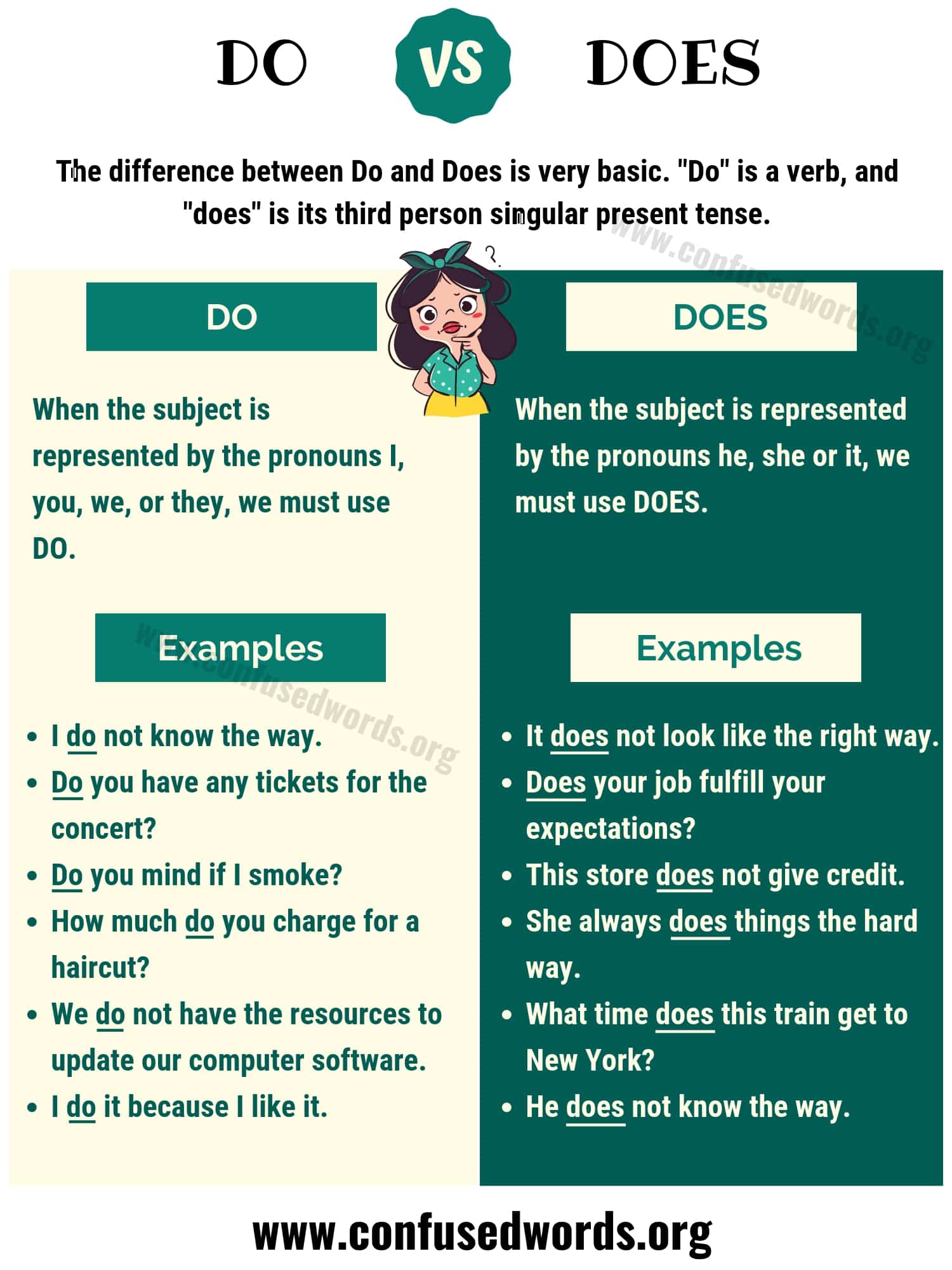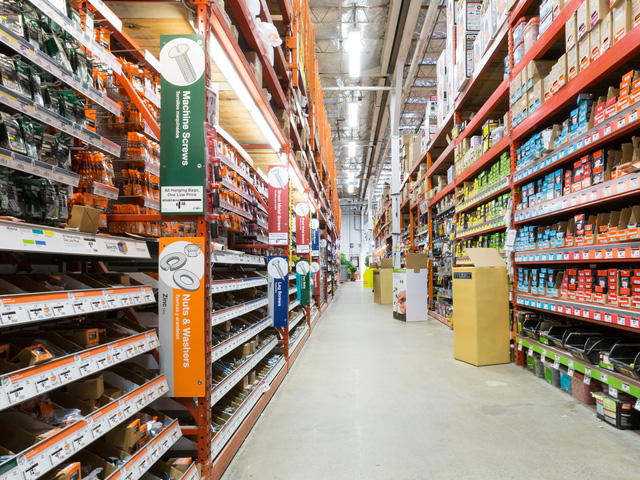How to Choose the Right Size Water Softener for a Family of Four: A Step-by-Step Guide
Introduction: Why Sizing Your Water Softener Matters
Choosing the right size water softener for your family is essential for maintaining efficient water treatment, reducing household maintenance costs, and ensuring consistent access to soft water. For many families of four, selecting the correct unit can be confusing due to varying recommendations, water usage patterns, and local water hardness levels. This guide demystifies the process, providing actionable steps and expert-backed advice tailored for a family of four.
Understanding Water Softener Capacity
Water softeners are rated by their grain capacity , a measure of how many grains of hardness minerals they can remove before regeneration is required. Grain capacity typically ranges from 24,000 to 80,000 grains in residential systems. The right size depends on two key factors:
- Average daily water usage
- Water hardness (measured in grains per gallon, or GPG)
Most families of four will find that a 32,000 to 40,000 grain water softener is suitable. However, your specific needs may vary depending on your local water conditions and household consumption patterns [2] , [1] , [3] .
Step 1: Calculate Your Household Water Usage
Begin by estimating your family’s daily water use. The average person uses about 50 to 75 gallons per day. For a family of four, this typically means:
- 4 people × 50 gallons = 200 gallons/day (conservative estimate)
- 4 people × 75 gallons = 300 gallons/day (higher usage)
Consider factors like frequent laundry, long showers, or large garden usage, which may increase your daily total.
Example: The Smith family of four, living in a suburban home, uses an average of 240 gallons of water per day, as measured by their utility bills over a month.
Step 2: Determine Your Water Hardness
Water hardness is measured in grains per gallon (GPG) . You can often find your local water hardness from your municipality’s water quality report or by using over-the-counter test kits. Typical ranges are:
- Soft: 0-3 GPG
- Moderately hard: 4-7 GPG
- Hard: 8-14 GPG
- Very hard: 15+ GPG
How to find your water hardness: Contact your local water utility or use a water hardness test kit, widely available at hardware stores.
Example: The Smith family finds their water hardness is 15 GPG using a reliable home test kit.
Step 3: Calculate Total Grains to Remove Per Day
Multiply your daily water use by your water hardness to get the total grains of hardness to be removed each day:
Formula: Daily Water Usage (gallons) × Water Hardness (GPG) = Grains per Day
Example: 240 gallons/day × 15 GPG = 3,600 grains per day
Step 4: Determine the Ideal Water Softener Size
To maximize efficiency and minimize salt use, most experts recommend choosing a softener that can handle a week’s worth of hardness before regeneration. Multiply your daily grain requirement by 7 to get your weekly usage:
Example: 3,600 grains/day × 7 days = 25,200 grains/week
It’s best to choose a softener with a slightly higher capacity, as manufacturers recommend not exhausting the unit completely before regeneration. For a family of four, the most common recommendations are:
- 32,000-33,000 grain water softener: Sufficient for average families with moderate water hardness [2] , [3] .
- 40,000 grain water softener: Recommended for families with high water usage or very hard water [1] , [5] .
A smaller (24,000 grain) unit may work but will require more frequent regeneration and higher salt use, which increases operational costs over time [2] .
Alternative Approaches and Special Cases
There are exceptions based on unique household needs:
- If your water usage is significantly above average (e.g., frequent entertaining, large garden), consider sizing up to a 40,000 or even 48,000 grain unit.
- For small homes with low water hardness, a 24,000 grain softener could be sufficient but may not be as efficient in salt and water use over time.
- Households with extremely hard water (above 20 GPG) may require larger capacities or alternative solutions, such as dual-tank systems, for continuous soft water supply.
Refer to sizing charts provided by reputable manufacturers for customized recommendations based on your exact GPG and usage [5] .
Step-by-Step Summary: How to Choose Your Water Softener Size
- Find your household’s daily water usage (use utility bills or estimate 50-75 gallons per person).
- Measure your water hardness using a test kit or by contacting your water supplier.
- Multiply daily usage by hardness (in GPG) to get daily grain removal needs.
- Multiply daily grains by 7 for a weekly total.
- Choose a unit with a grain capacity slightly higher than this weekly total for optimal efficiency.
For most families of four, a 32,000 to 40,000 grain water softener is ideal. Always consult manufacturer charts and consider professional installation for best results [4] .
Common Mistakes and How to Avoid Them
Many homeowners make these common errors when sizing a water softener:

Source: braconversionchart.z21.web.core.windows.net
- Underestimating water usage, leading to undersized units and frequent regeneration cycles.
- Choosing a unit based solely on price instead of actual household needs.
- Ignoring water hardness, which may vary seasonally or by source (well vs municipal).
- Failing to account for future changes, such as a growing family or home renovations.
To avoid these issues, always use accurate, up-to-date measurements and consult with a local water treatment professional when in doubt.
Practical Steps to Select and Purchase a Water Softener
1. Test your water hardness: Purchase a test kit at your local hardware store or request a report from your utility provider. 2. Estimate your water usage: Review your utility bills or monitor your water meter over a week. 3. Calculate your required grain capacity: Use the steps outlined above. 4. Research reputable brands: Look for established manufacturers with positive reviews and transparent warranty policies. 5. Compare features: Consider salt efficiency, regeneration frequency, and additional features like demand-initiated regeneration. 6. Consult a professional installer: For optimal performance and warranty compliance, professional installation may be required. 7. Plan for maintenance: Regularly check salt levels, clean the brine tank, and schedule periodic servicing as recommended by the manufacturer.
Frequently Asked Questions: Water Softener Sizing for Families
Q: What happens if my water softener is too small? A: An undersized unit will regenerate more often, wasting salt, water, and energy. You may also experience inconsistent softening.
Q: Is a bigger water softener always better? A: Oversized units cost more upfront and may not regenerate as efficiently, potentially leading to water waste and increased energy use. The goal is to match the unit size to your actual needs [5] .
Q: Can I install a water softener myself? A: Many DIYers can install a softener, but professional installation ensures optimal setup and may be required for warranty coverage. Check your local codes and manufacturer requirements before attempting self-installation.
Accessing Water Softener Products and Services
To find suitable water softeners, you can:
- Visit local hardware and home improvement stores for in-person assistance.
- Search for leading manufacturers such as Culligan, EcoPure, and WaterSmart, and review their official product guides online.
- Consult licensed plumbers or water treatment specialists for tailored recommendations based on your water analysis.
- Request free water tests from reputable water treatment companies in your area.
When purchasing, always verify warranty terms, installation options, and ongoing maintenance requirements. Ask for written estimates and compare multiple providers if possible.
Key Takeaways
Choosing the right water softener size for a family of four involves calculating daily water usage and measuring water hardness, then selecting a unit with enough grain capacity to meet your weekly needs. For most families, a 32,000 to 40,000 grain unit offers the best balance of efficiency, cost, and performance. For unique situations, consult an expert and use detailed sizing charts from reputable sources.

Source: bali.live
References
- [1] WaterSmart Systems (2014). What Size Water Softener For Family Of 4?
- [2] EcoPureHome (2023). What Size Water Softener Does My Family Need?
- [3] Regal Flow (2025). What is the Average Size Water Softener for Family of 4?
- [4] SoftPro Water Systems (2024). What Size Water Softener is Right for a Family of Four?
- [5] Discount Water Softeners (2025). Water Softener Sizing Chart
MORE FROM 9scholarships.de













